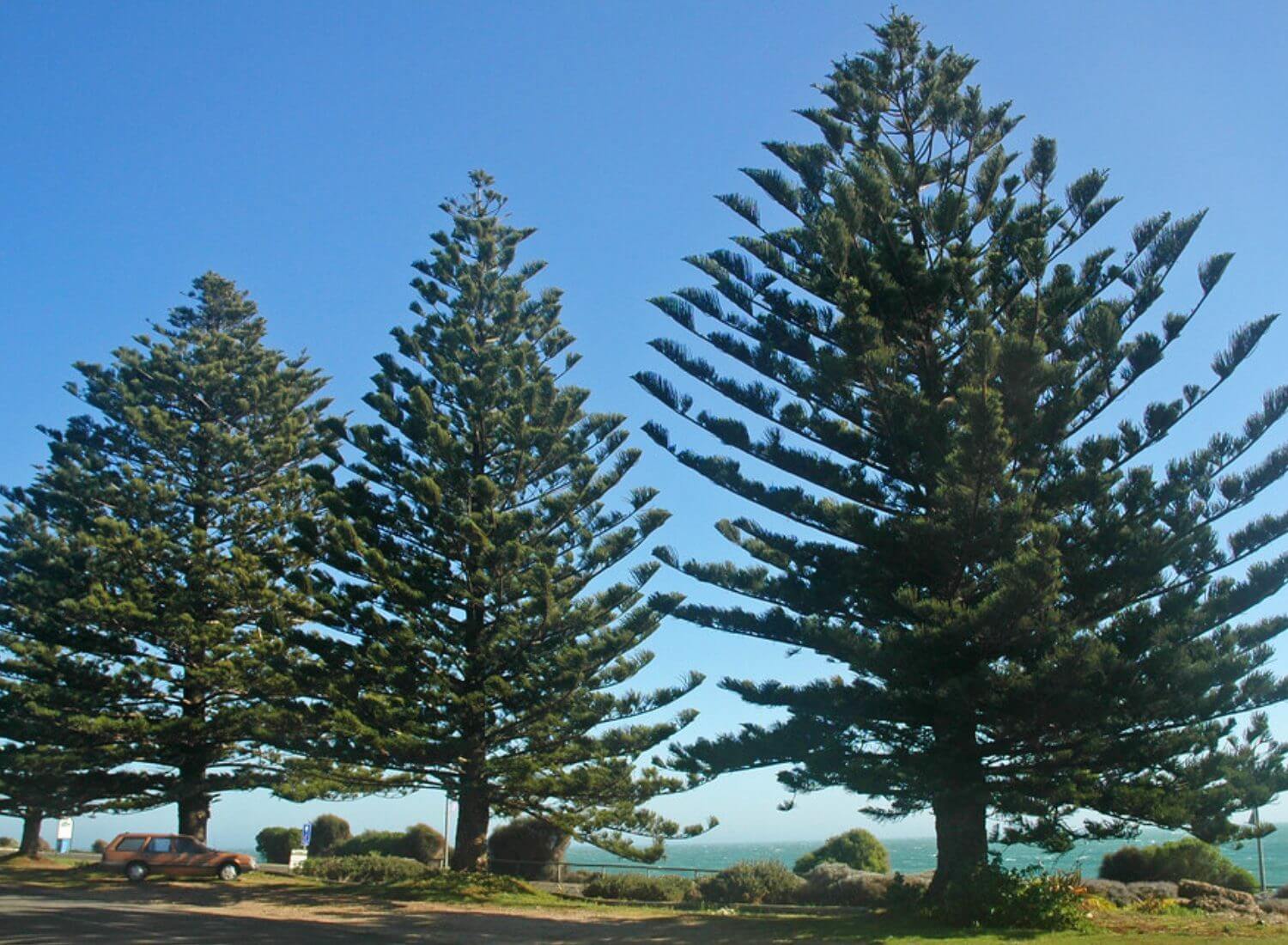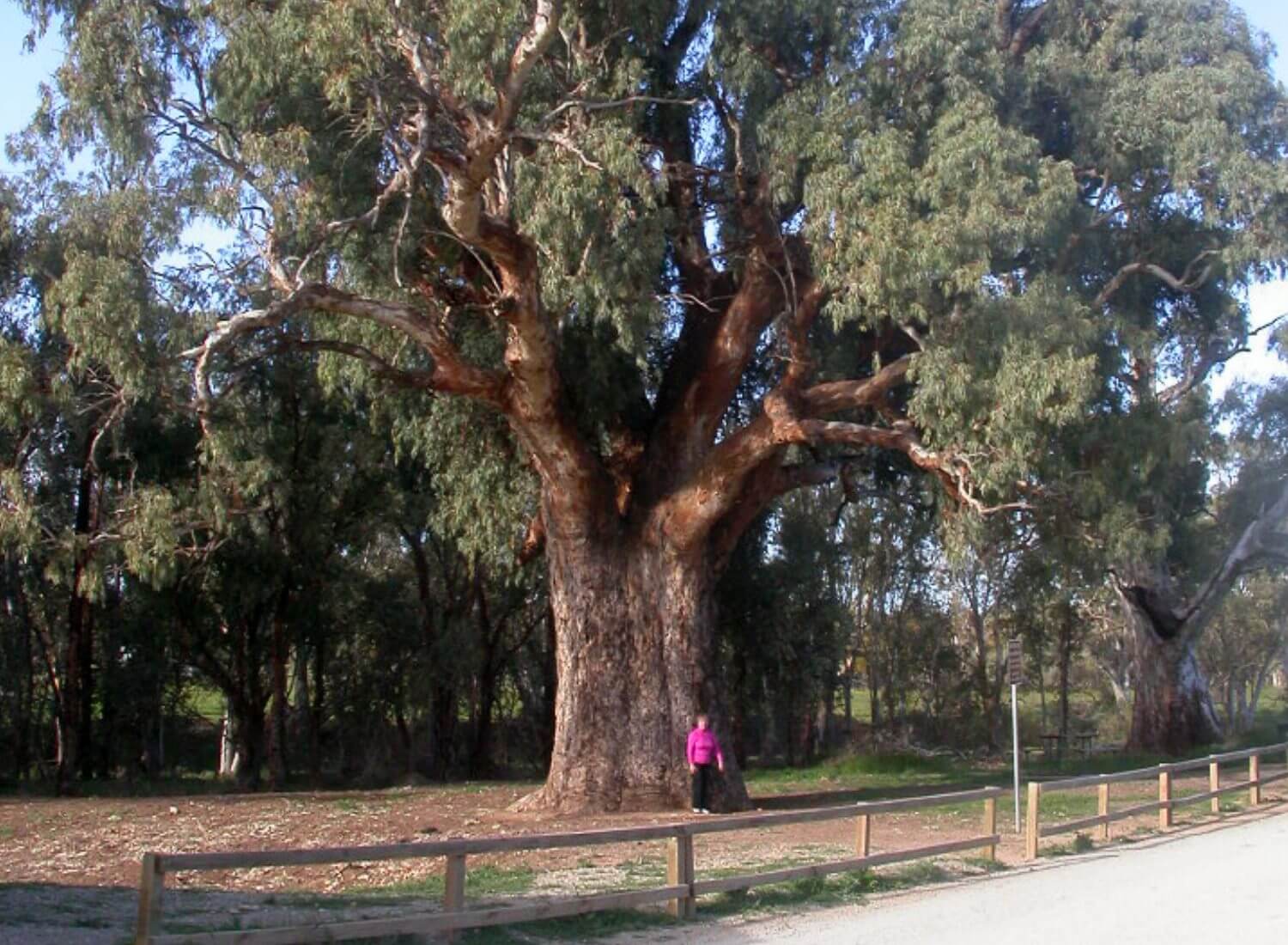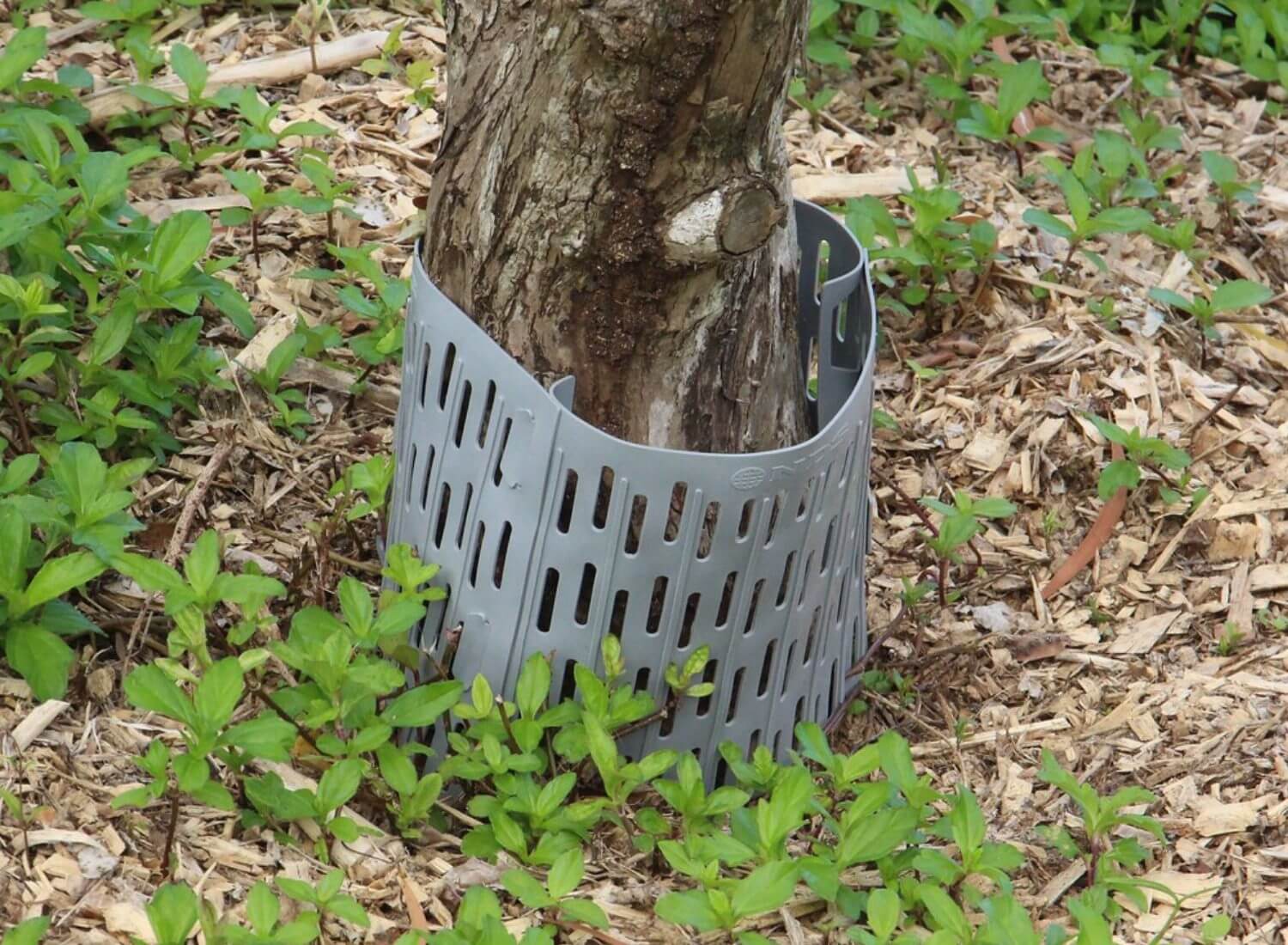In South Australia, unauthorised removal of regulated or significant trees can attract fines. Individuals could face fines between $60,000 to $120,000 for serious breaches. For lesser offences, on-the-spot fines might also be applied.
This article offers an overview of the penalties and the legal context around tree cutting in the state, seeking to inform residents, developers, and environmental enthusiasts about the importance of responsible tree management in South Australia.
Table of contents
ToggleWhat trees can be cut down?
Regulated and significant trees in South Australia are legally protected. Without development approval, it is illegal to prune, kill, lop branches, top, ringbark, cut down, or damage their root system. Engaging in activities that affect significant and regulated trees without prior approval could result in court penalties of up to $120,000 or even a criminal conviction.
So, what exactly are these regulated and significant trees, and how can we distinguish them?
In South Australia, maintenance pruning of branches or roots encroaching on your property can be conducted without seeking permission. However, if the tree is significant or regulated, specific guidelines exist for removing the entire tree, its limbs, or a dead tree.
To ensure adherence to local laws, it is crucial to understand the criteria for a regulated or significant tree, as outlined in the Development Act and associated regulations, which include regulated and significant trees.
What is a regulated tree
A regulated tree is formally defined as a native or exotic tree with a trunk circumference of 2.0 metres or more, measured at a point 1.0 metre above natural ground level.
Regulated trees in South Australia are outlined in the Development Act, which stipulates size and location criteria.

Source: Flickr
Criteria for significant trees
Significant trees are those that are identified under the Development Act. They could be native or exotic species; their identifying feature is a trunk circumference of one inch. A significant tree in South Australia has a specified circumference and is subject to public and private land regulations, with some exceptions.
Several criteria need to be considered when evaluating a tree for significant ecological value. These include:
- Priority, rare, threatened, or locally uncommon species or ecological community
- Indigenous remnant trees that predate urban development
- Trees that make a significant contribution to the integrity of an ecological community
- A remnant specimen now reduced in range or abundance
- Trees are a significant habitat element for rare, threatened, priority locally uncommon, or common native species

Source: Flickr
Do I need a permit to remove a tree?
If your tree does not fall under the above criteria for a significant or regulated tree, you can remove it without prior consent from the council.
To take a closer look at council regulations on trees, please refer to our council regulations page, where you can select the local council where you live.
Some examples of trees that can be removed without a permit no matter the size are:
- Dead trees
- Hazardous trees
- Diseased trees
Dealing with neighbour's trees
Dealing with neighbour’s trees in South Australia can be a delicate matter. The regulations pertaining to a neighbour’s trees are governed by the common law of nuisance. The tree owner must be consulted before any action is taken on the land. They must agree to remove or prune the tree, even if the Council has already approved it.
How can we approach our neighbours about their trees, and what is the application process involved in managing these trees?
Obtaining owner's cooperation
In South Australia, obtaining an owner’s consent when addressing neighbouring trees requires informing the neighbour of the tree’s effects and discussing the necessary steps. Should an agreement not be possible, legal recourse can be pursued through the Magistrates Court or the Trees Act may be employed to enforce rights for pruning or removal of the tree.
Application process
Discussions with the neighbour are often the best way to resolve the issue of neighbour’s trees in South Australia. If an amicable resolution is not achieved, an application to the Minor Civil Actions division of the Magistrates Court may be necessary.
The application for a tree permit must be submitted through the PlanSA Portal and include a comprehensive description of the proposed tree removal, such as the tree species, the location, and the rationale for removal. Be sure to follow the application process and adhere to local guidelines when dealing with neighbour’s trees.
How to protect trees on private property

Source: Flickr
To ensure the protection of trees on private property in South Australia, it is recommended to:
- Familiarise oneself with the regulations
- Obtain necessary permits
- Consult an arborist
- Implement proper tree care practices
- Be mindful of construction activities
- Select appropriate tree species
- Protect root systems
FAQ's
In South Australia, one is legally permitted to cut back any parts of a tree on neighbouring properties that protrude over their land. Ownership of any roots or branches removed belongs to the tree’s owner, and it is prohibited to enter another’s property without permission for such a purpose.
It is important to note that this law does not apply to trees protected by local councils or other government bodies. In such cases, permission must be sought from the relevant authority before any action is taken.
It is not illegal to cut down trees in Australia; however, approval must be obtained from your local council before removing any tree(s). Otherwise, substantial fines may apply.
Different councils have their own rules regarding tree removal, guided by Tree Preservation Orders and Local Environment Plans.
A significant tree is defined as a tree with a trunk circumference of 36 inches (or more) and measured at 48 inches above natural grade.
A regulated tree is a native or exotic tree with a trunk circumference of 10 feet, as formally defined.
Unauthorised tree removal in South Australia can incur monetary fines of up to $60,000 and potential legal repercussions.












